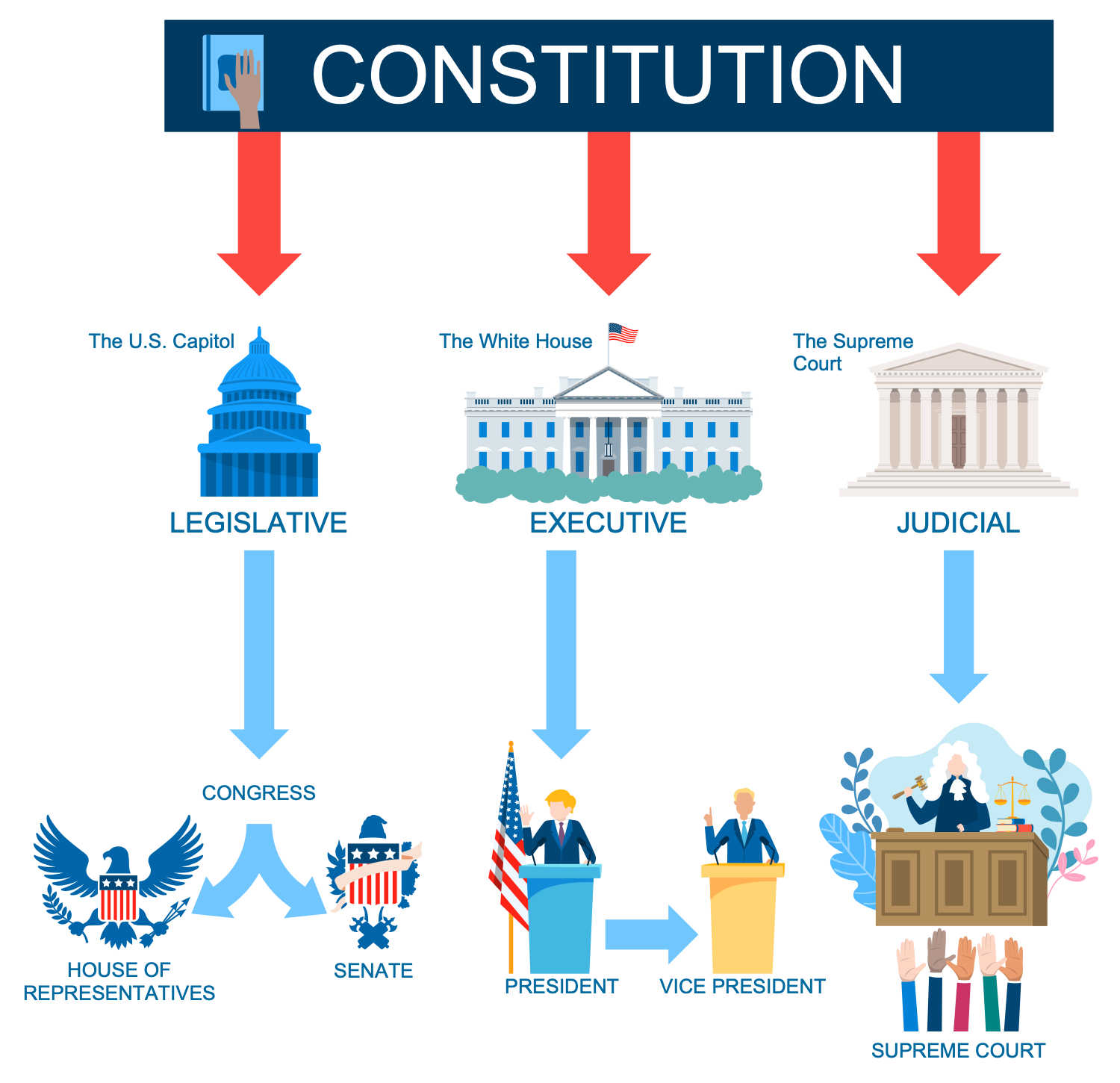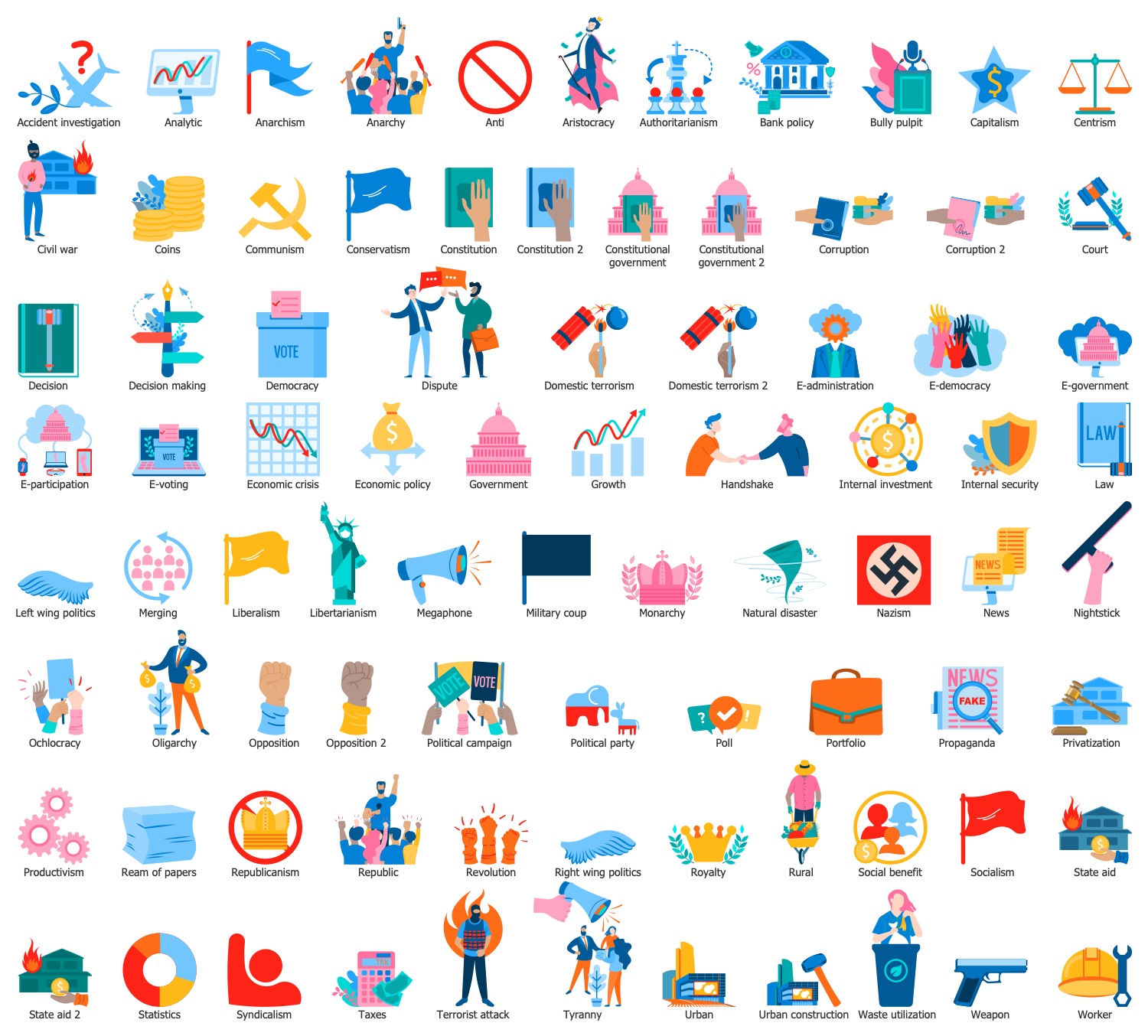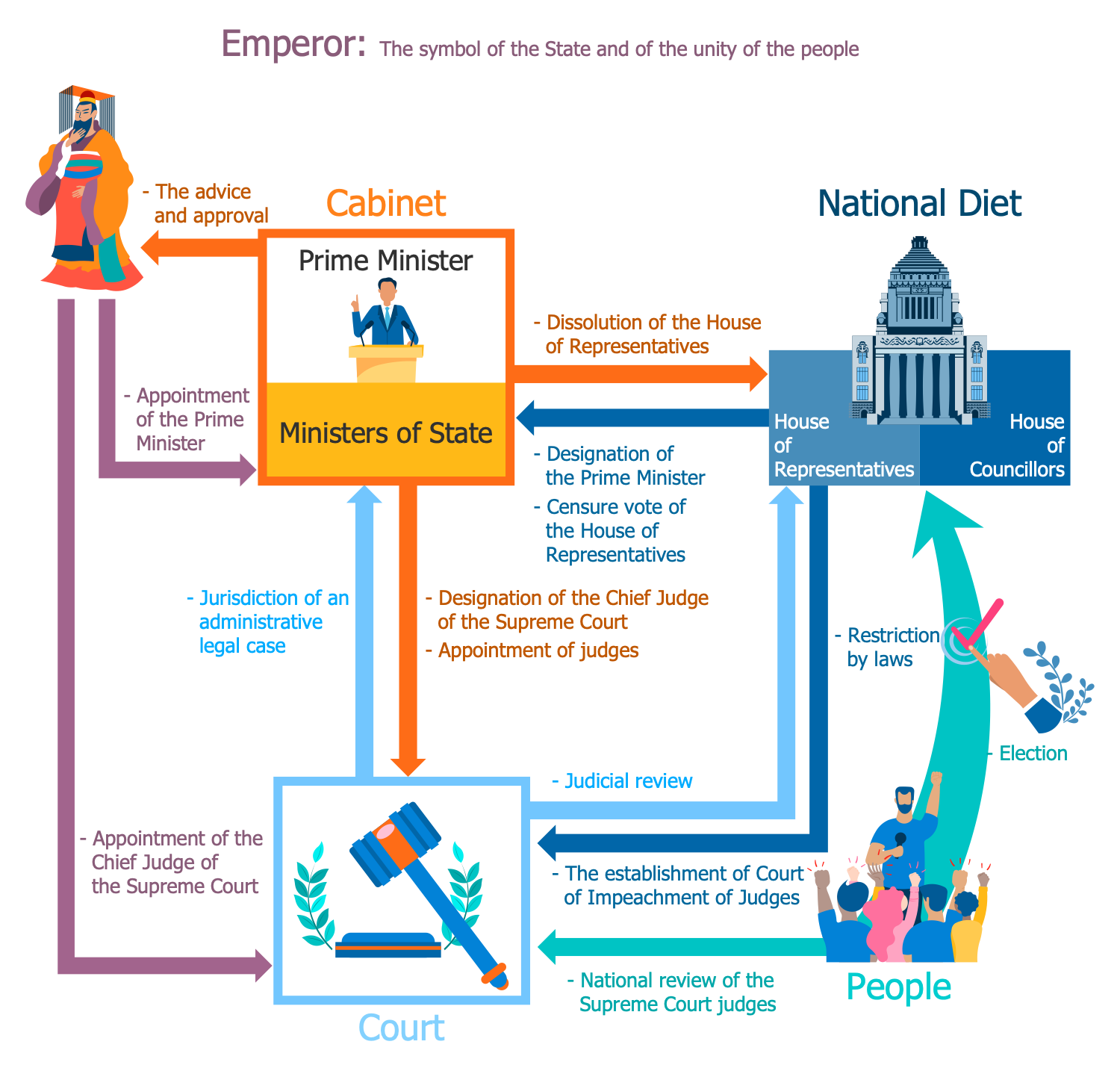Political Science
Political science is a social science discipline dealing with the systematic study of the state, its organs and institutions, government, power, and politics. Plus, political science studies the political organizations, activities in making and administering laws, state regulation, and relations at the international, national, and local levels. It explores the processes, systems, and political dynamics of different countries and regions of the world, and allows comparing them.
Political science includes the theory and practice of politics, the study of public policies and political behavior, the analysis of political activities, thoughts, ideas, and associated laws and constitutions. The political principles are studied by political science and drawn conclusions are successfully applied to solve political issues and problems. It also analyzes, makes recommendations, and predicts critical issues affecting our lives, including globalization, climate change, terrorism, civil rights, and diplomacy.
Political science has ancient roots and originates almost 2,500 years ago. The works of Plato and Aristotle are the confirmation of this. Political science is a descriptive science, it develops theories and draws conclusions, assumes detection relationships between political events, conditions, reasons, and factors. It describes and compares the state in the past, present, and future. It compares activities in conditions of changing standards with the aim of improving political activities, developing the laws contributing to the state's growth and development.
Political science is methodologically diverse, it applies empirical methods and techniques and generally scientific methods of analysis in politics and state management. Empirical methods used in political science include observations, process tracing, field experiments, surveys, interviews, case studies, ethnography, participant observation, historical analysis, etc. Theoretical tools like game theory and agent-based models are also used.

Example 1. Political Science
Political science explores election or voting results, analyzes statistics, makes conclusions why governments adopt particular policies, what issues drive citizens to vote for some political party. It also supposes the development and conduction surveys to predict political opinions. It collects and analyzes the results of public opinion surveys, tracks current events, political decisions, and assesses their impact. Political science measures the success of governance by tracking and evaluating many factors like economical stability, material wealth, justice, peace, public health, and spirit. It does not give precise predictions, measurements, and numbers.
Political science is closely intertwined with sociology, philosophy, law, psychology. It is linked to history and allows prediction of the future political behavior and social trends. Because studying the events in the past gives a better understanding of the present and a forecast of the future. It also intersects with a wide variety of different fields like anthropology, economics, international relations, geography, journalism, social policy, cognitive neuroscience, and many more, and applies their methods. Political science is related to public policy, administration, internal and external politics, political economy, political methodology, social research.
Political science is observational, not experimental science, it includes a lot of observation methods in order to identify patterns, make conclusions, build political theories, draw generalizations. It is divided into comparative politics, international relations, and political theory, measurements, and numbers. It uses a lot of sources including primary sources like historical documents, official records, and secondary sources like articles in journals and mass media, results of surveys, experiments, statistical analysis, research, case studies, model buildings.
Outline easily the main principles of political science, key points, methods, techniques used by political science, three dimensional axis of politics, and more important issues in an illustrative and visual way in ConceptDraw DIAGRAM software with the use of powerful Politics Infographics solution.
Example 2. Domestic Policy Library Design Elements
The ConceptDraw tools are simple, intuitive, and timesaving for politics-related people. Politics Infographics solution includes a large set of pre-made samples and examples, and 8 libraries with numerous vector design objects for drawing professional-looking infographics without efforts.
Among the included solution libraries are:
- Political People Library
- Civil Society Library
- Domestic Policy Library
- Election Library
- Foreign Policy Library
- Military Policy Library
- US Politics Library
- War Library
Example 3. Politics Infographic - Politics of Japan
The infographics you see on this page were created in ConceptDraw DIAGRAM software using the Politics Infographics Solution and its pre-made pictograms and clipart. They successfully demonstrate the solution's capabilities and professional results you can achieve. An experienced user spent 10-15 minutes creating each of these samples.
Use the powerful tools of the Politics Infographics Solution for ConceptDraw DIAGRAM software to create your own infographics and diagrams of any complexity fast and easy, and then successfully use them in your work and personal activity.
All source documents are vector graphic documents. They are available for reviewing, modifying, or converting to a variety of formats (PDF file, MS PowerPoint, MS Visio, and many more graphic formats) from the ConceptDraw STORE. The Politics Infographics Solution is available for all ConceptDraw DIAGRAM users.

